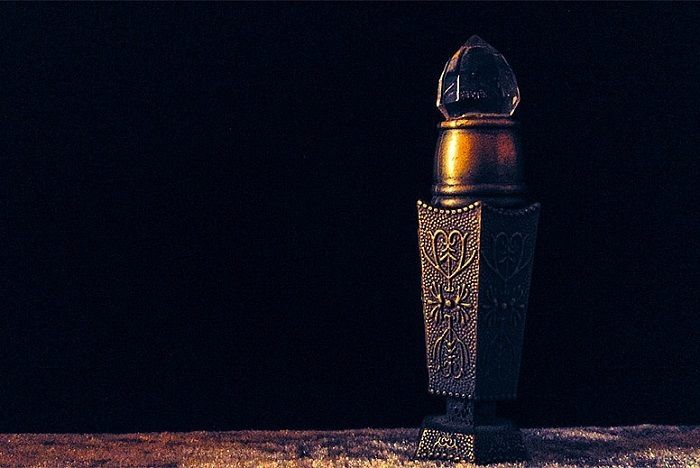What Is the History Behind Iconic Arab Perfumes
If you’ve ever been captivated by the enchanting aroma of Arabian perfumes, you’re not alone. These fragrances have a rich history dating back centuries, and they continue to be celebrated for their unique scents and cultural significance. In this article, we’ll dive into the fascinating history behind iconic Arab perfumes.
History of Arab Perfumery
We must journey back to ancient Mesopotamia to understand the history of iconic Arab perfumes. The region’s fertile soil and abundant flora provided a perfect breeding ground for fragrant plants and flowers. The early inhabitants of this land began to distill these plants and flowers into aromatic oils and balms.
Influence of Ancient Arabia
As the Arabian Peninsula became a center for trade and cultural exchange, the art of perfumery flourished. Arab traders journeyed far and wide, connecting with civilizations across Asia, Africa, and Europe. They brought back exotic ingredients like spices, resins, and precious woods, which enriched their perfumery traditions.
One of the most famous Arabian perfumes, “Oud,” also known as agarwood, is a resinous wood obtained from the Aquilaria tree, which is native to Southeast Asia but found in abundance in the Arabian Peninsula. Till now Oud stands as the face perfumes arabes and it is an iconic perfume.
Role of Islamic Perfumery
Islamic culture places a high value on cleanliness and personal grooming, and fragrances play a vital role in meeting these standards. Perfumes were not only a means of enhancing personal hygiene but also a way to honor religious rituals.
One of the most famous Islamic perfumes is “Attar,” a fragrant oil obtained through the distillation of flower petals, herbs, and spices. Attar was used not only for its pleasant scent but also for its therapeutic properties, making it a staple in traditional medicine.
Trending Legacy
Today, the history of iconic Arab perfumes continues to influence the fragrance industry worldwide. Brands like “Amouage,” “Ajmal,” and “Rasasi” have gained international acclaim for their skillful blending of traditional Arabian ingredients with modern techniques.
These perfumes are cherished for their unique combination of scents, often featuring a harmonious blend of Oud, rose, saffron, and other precious materials.
Arab perfumery has also made its mark in the world of luxury with limited-edition fragrances that can cost thousands of dollars per bottle. These exclusive scents are prized not only for their captivating aromas but also for the painstaking craftsmanship that goes into creating them.
Conclusion
Arabian perfumery remains a testament to the enduring power of fragrance in our lives. So, the next time you catch a whiff of an exquisite Arabian perfume, you’ll know that you’re not just experiencing a scent. But you’re connecting with centuries of history and tradition.
